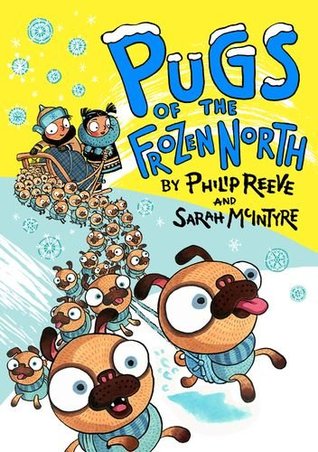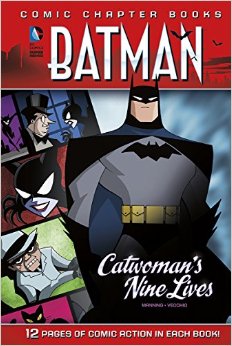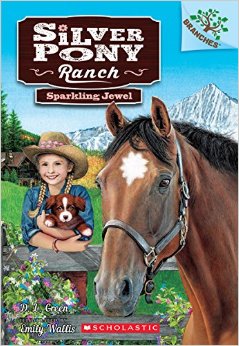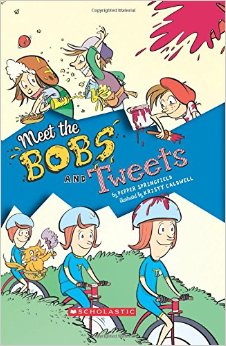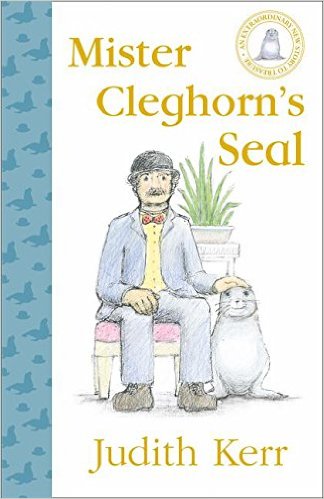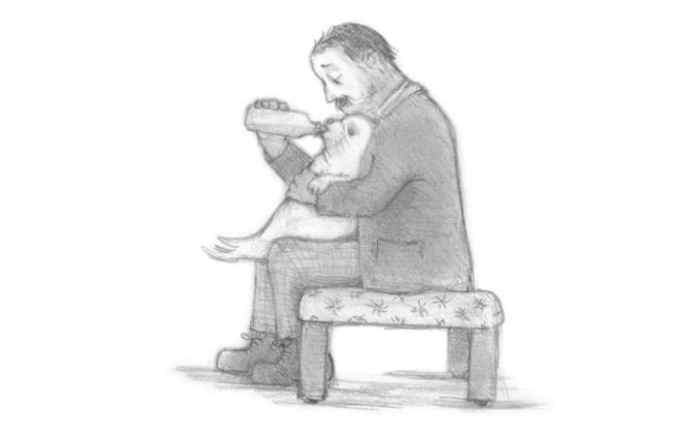Princess Cora and the Crocodile
By Laura Amy Schlitz, Illustrated by Brian Floca
Published by: Candlewick (March 28, 2017)
Available in: hardcover, audible
At the time of this review this was a standalone book.
Disguised.
Princess Cora and the Crocodile is a lovely chapter book that masquerades as an elegant, long picture book. Truly, it could work as either, with the end result being children who are utterly delighted.
Newberry Medal winner Laura Amy Schlitz writes a contemporary tale based on historical fantasy and fairy tales. The text is deft, spare, hilarious, and told with a firmly modern sensibility that keeps it from feeling like a tired old story. To wit: “The crocodile peered out from behind his claws. ‘This is what I’m telling you,’ he said.”
Like fairy tales of old, the story powers through actions and words that are usually considered too violent or inappropriate. Which makes the story smile-cracking funny. The crocodile, in trying to help the princess, torments the nanny, locks up the queen, and bites the king’s bum, finding it “the wrong kind of chewy.”
Meanwhile, the princess, while asking for help, finds a way to fix everything herself. She’s kind and lovable and naïve and, in the end, one smart cookie. Or cream puff, as used to such sweet comedy in the plot.
Not to be overshadowed by the text, Caldecott Medal winner Brian Floca’s subtle and imaginative four-color illustrations slide through every page. It’s a visual enchantment.
What do you say teachers, parents and writers? Use the comment below and let’s chat….


